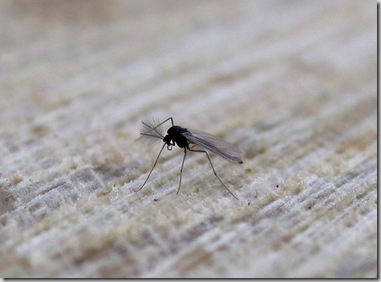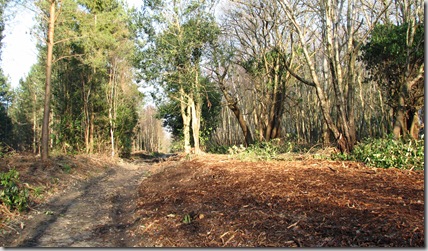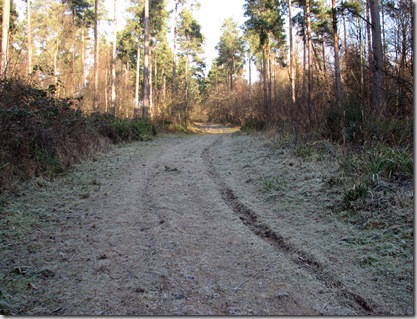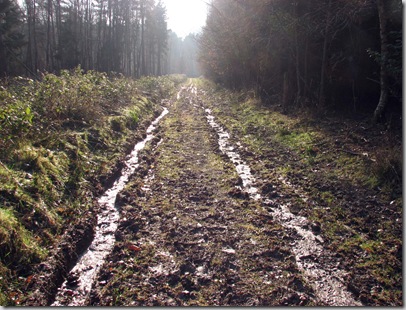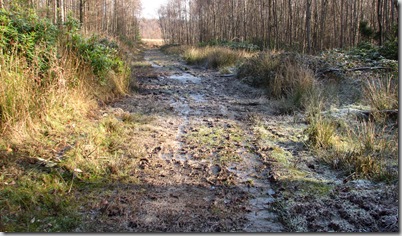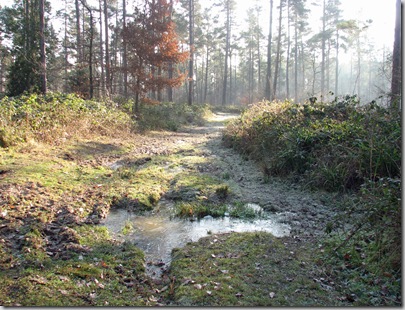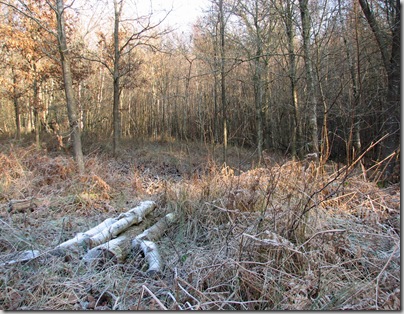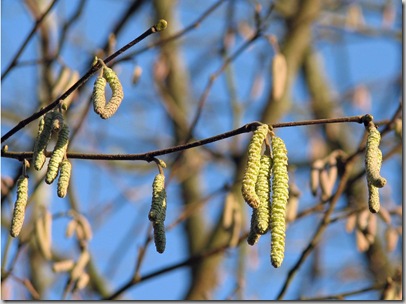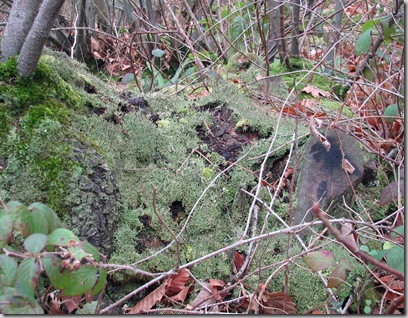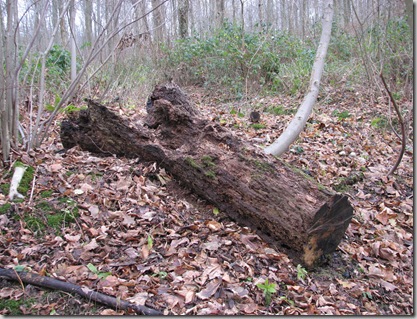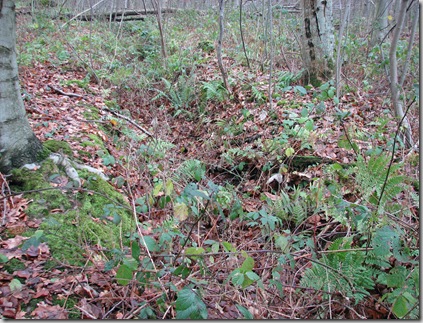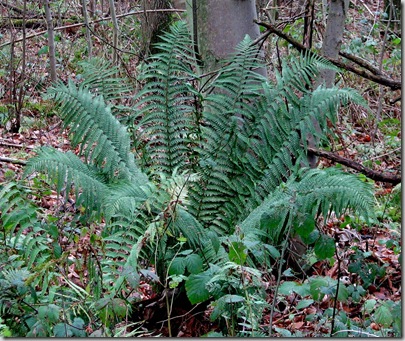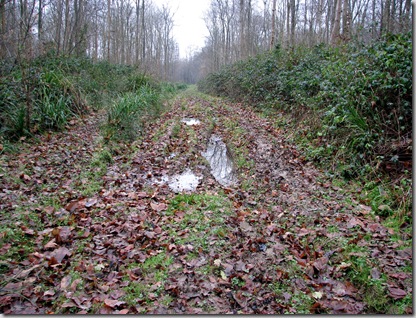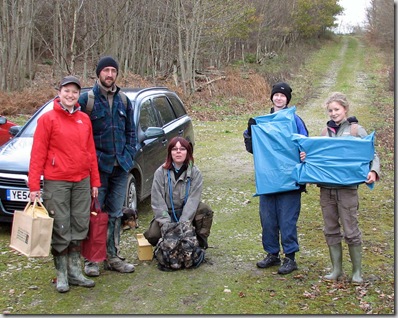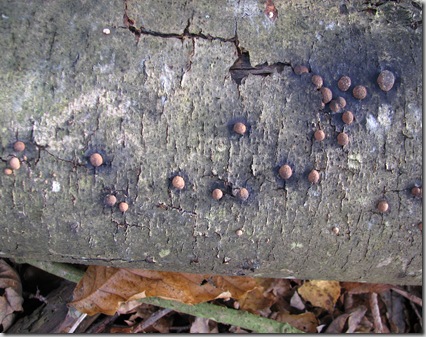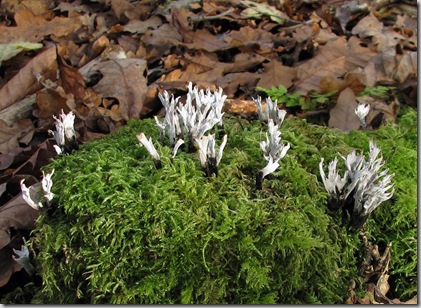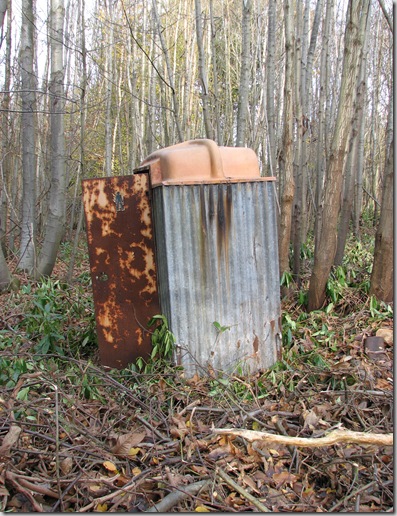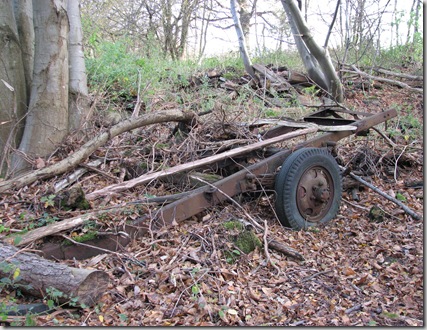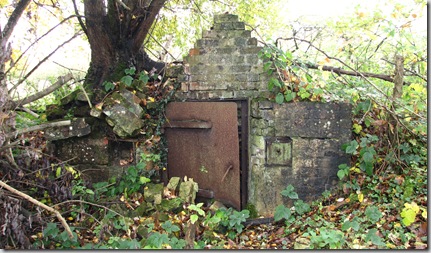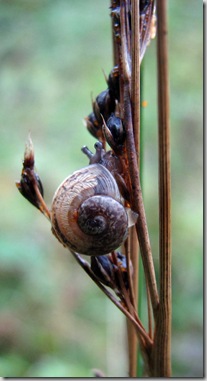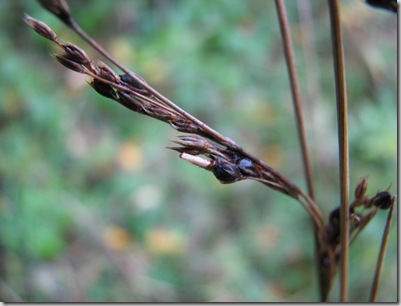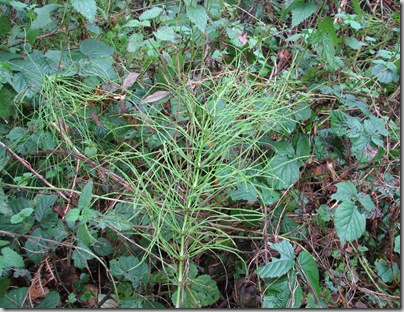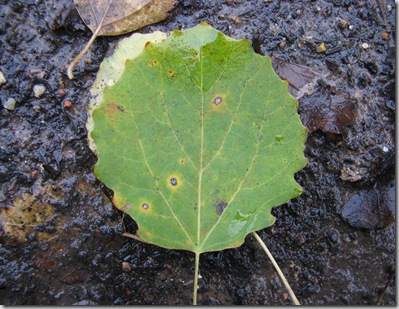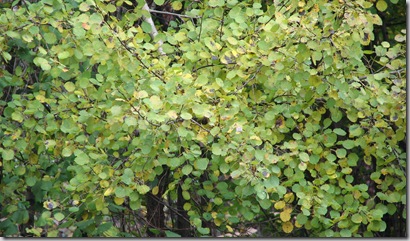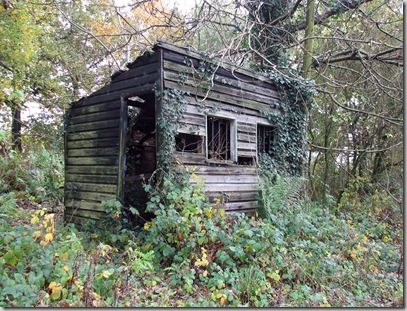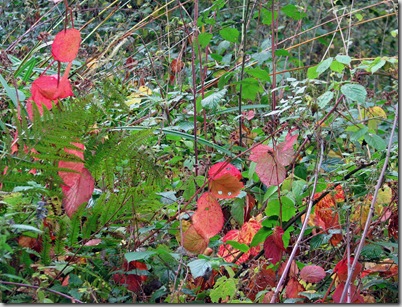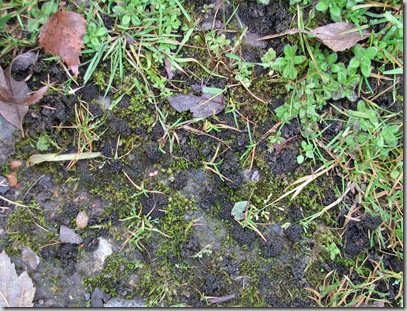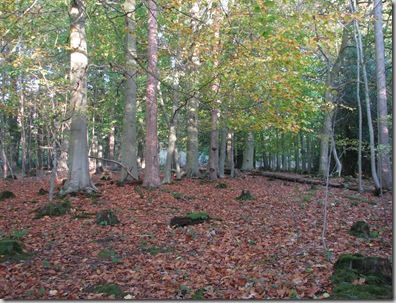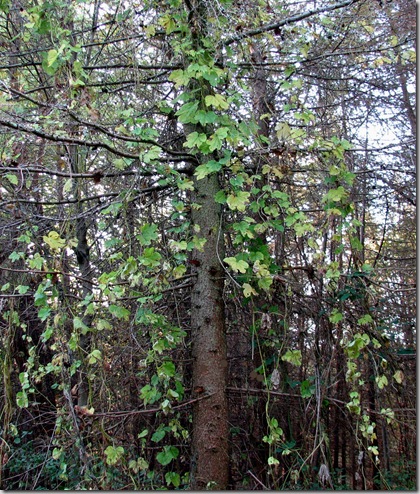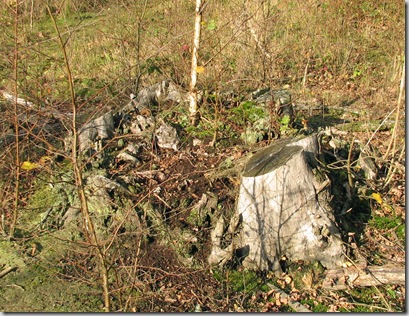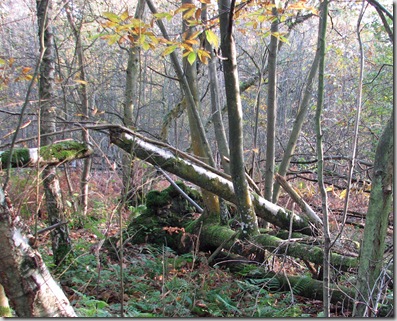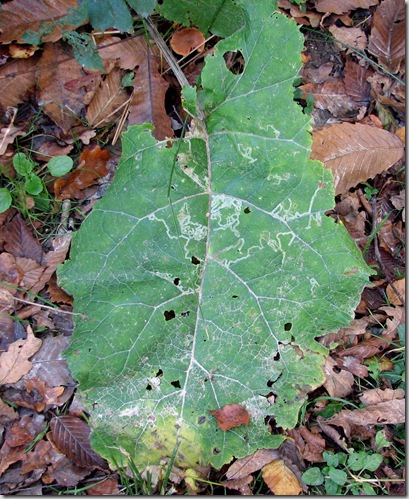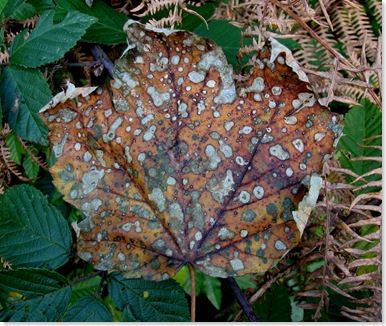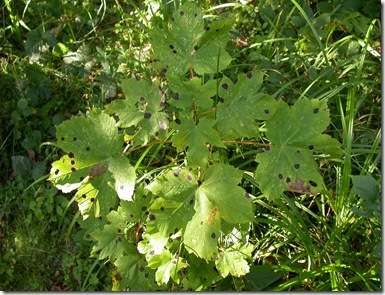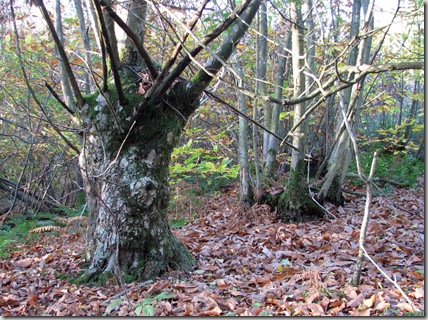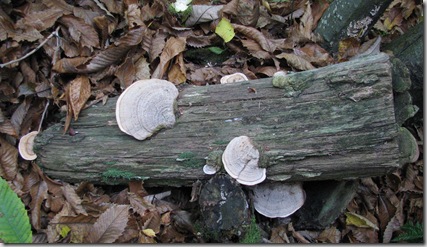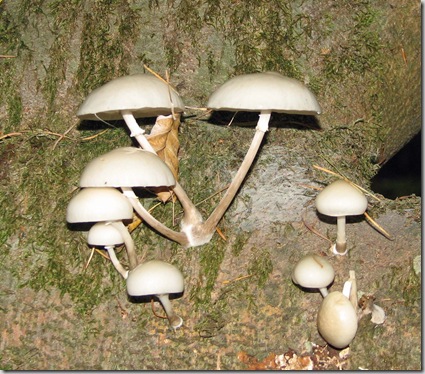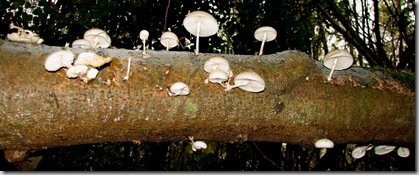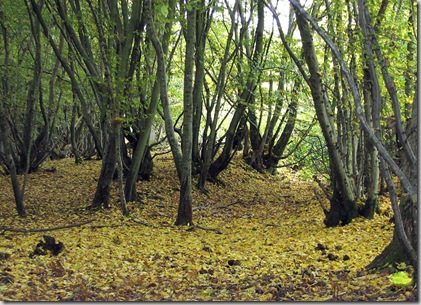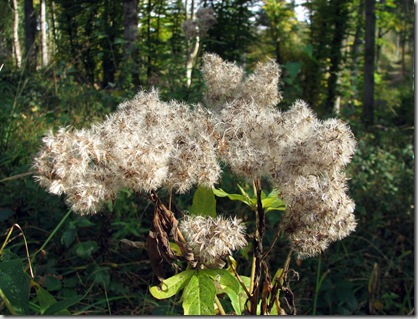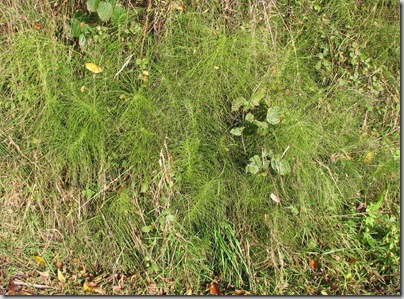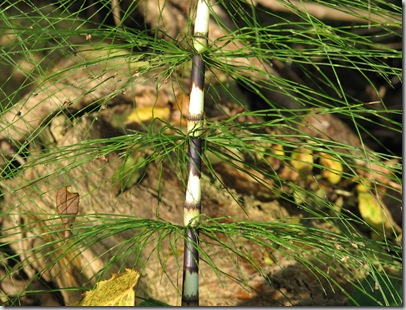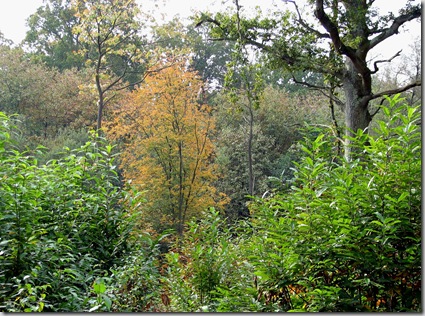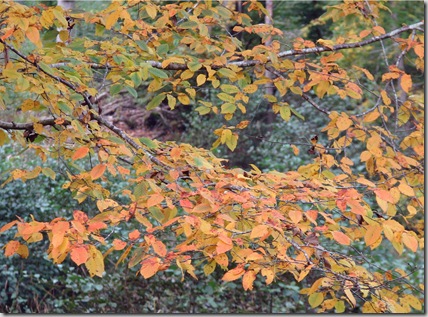During these cold spells, as soon as the sun has gathered strength and started to melt the frost, small clouds of tiny midges can often be seen dancing in the cold woodland air. They are often a non-biting midge, or chironomid, called Gymnometriocnemus brumalis.
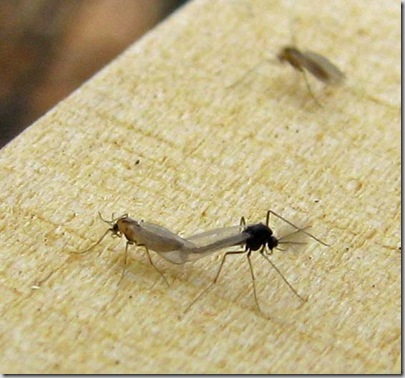
The male and female shown above illustrate the marked sexual dimorphism of this species. The male is black with candyfloss antennae, while the female is yellow with brown stripes on the thorax.
Often this species, which always occurs as an adult in the colder months, will settle on pale surfaces such as cut stumps or, in the case above, the lid of a new dormouse box. I have also seen them hitch a ride on the back of one of our dogs (now long dead).
This tiny insect occurs in millions in England's winter woods and is found across Europe and in North America as well as in Brede High Woods. It seems to me to be just as common as it used to be, whereas many other members of its family (Chironomidae) have declined alarmingly. The larvae and pupae of the species have never, so far as I am aware, been described but probably occur among wet dead leaves. All stages must represent an important food resource for insectivorous birds and animals in the winter.
I suspect the reason for its continuing success is that the fallen leaves in our woods are less affected than other habitats by the polluting chemicals that are now so prevalent. Many other Chironomidae breed in rivers, streams and ponds and these have, of course, been severely damaged by chemicals over the past fifty years or more.
Although it sounds more like summer than winter, this species must be one of the few Chironomids that has featured in a poem by, in this instance, the anonymous writer of the Reading is Dangerous blog:
At the lake,
when I wasn’t swimming
or playing petanque
or rescuing gymnometriocnemus flies stuck in my body hair
or picking up plastic bottles from the beach or playing chess
or playing mafia at night with 12 kids
or drinking Kilikia beer (great taste because of great Armenian water)
or pondering on the problem of what's Right and what's Wrong
or just sleeping late,
I was meditating by the waters and studying wave patterns.
